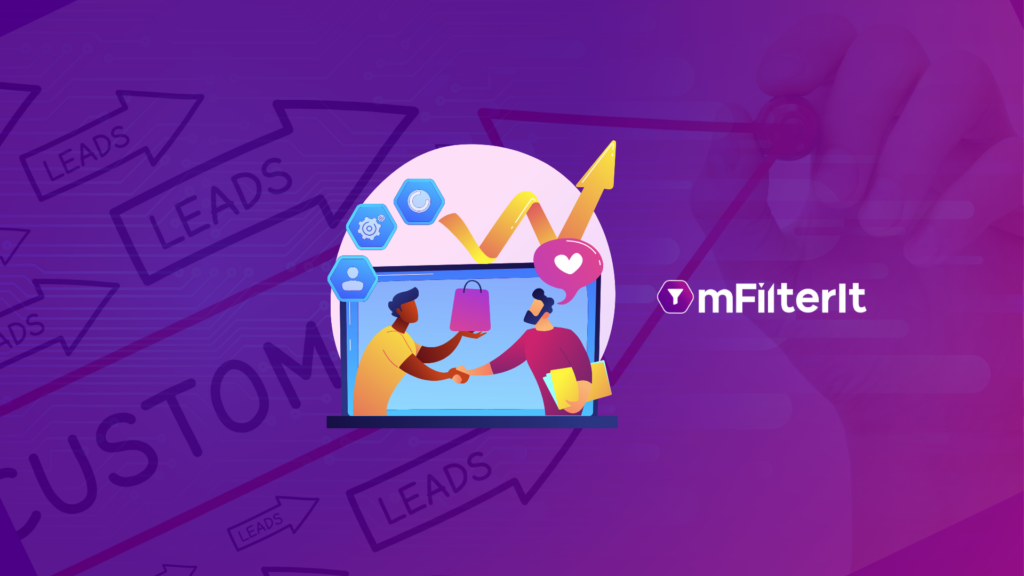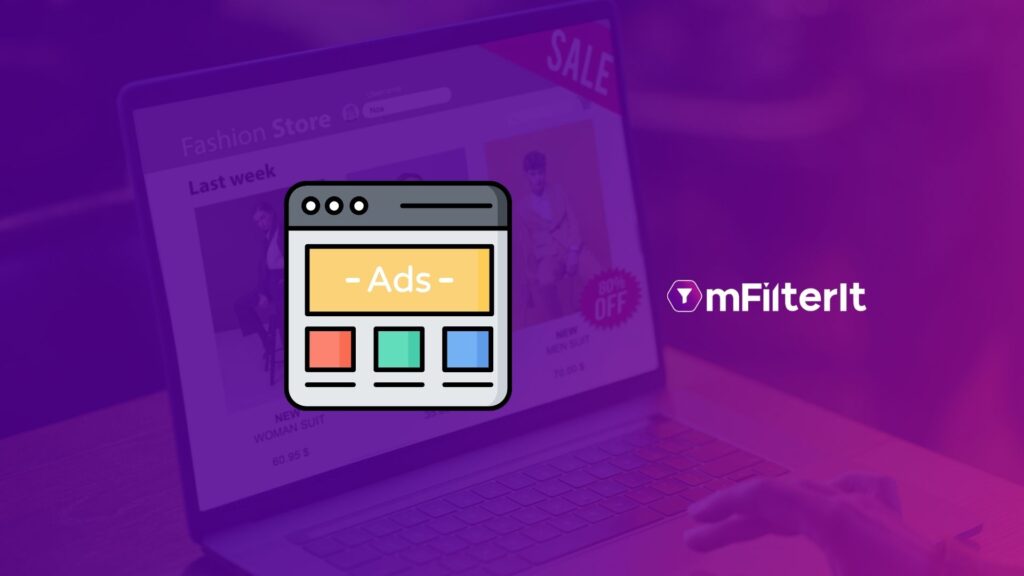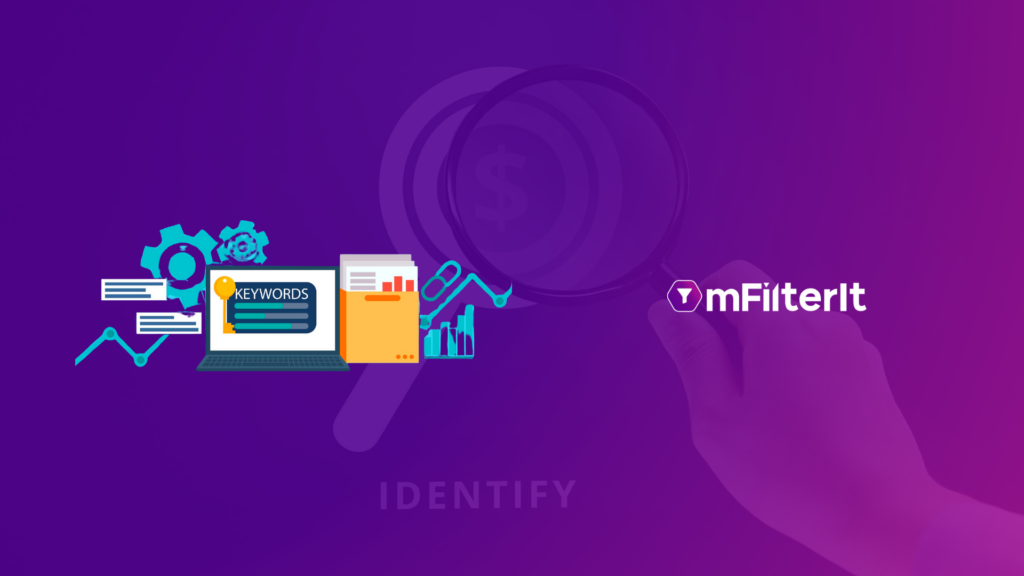Listen to Your Customers: They Know the Best.
How analyzing reviews helped an FMCG brand to optimize their packaging? In India, we have a saying, “ग्राहक हमारे भगवान हैं” which means “customer is our god.” Ratings and reviews are invaluable sources of getting to know your customers. The shoppers share their personal buying experiences through them. They share the qualities and experience they love with the product, things they are disappointed with, inform about unfocused or undermined USPs of the product, at times talk about better experience with competitor products and lot more. The information customers provide through reviews is invaluable for brands as it helps to understand buyer personas, find new trends, and resolve brand / authorized seller or product issues, influencing the buying decision of the on-lookers. Brands constantly need to weigh the value of their customer’s positive, negative, or neutral reviews to figure out the change in market perception, competitive edge, outcomes, and more. A couple of interesting facts that showcase the impact of reviews for eCom brands: 19-25% of customers believe in the authenticity of customer reviews, and a large proportion makes final purchase decisions based on them. 92% of customers stay away from brands with negative reviews. We also analyzed the impact of reviews on a few brands and discovered that packaging was a significant issue constantly faced by one of our FMCG clients. Our analysis revealed the following challenges: The Struggles of the Brand Even after over 50 years of serving their customers, the FMCG brand was having trouble assessing the challenges that people were facing in context to their products. They wanted to deep dive into the feedback by the customers to understand the market sentiment for their products. The lack of transparency in feedback, which in offline case used to be from the distributors, made it difficult for the brand to identify the source of issues, whether the production issues or the delivery issues. E-commerce platforms have become mediums, wherein brands can directly understand the customers’ feedback of the product, brand, or seller by analyzing the reviews and ratings section. Unfortunately, the rapidly growing rate of reviews on multiple product variants made it challenging for their marketers to develop a subjective view, and sight the biggest problem or categorically segregate the riveting pain points of the reviewers. This was the time when collaboration between the brand and mScanIt started. How Listening to Customer Helped them Grow? Our eCom Analytics solution, mScanIt was deployed and collected data from all of the areas that affect a brand’s performance. This information helps in understanding customer personas and scaling up the consumer base. Using these insights, brand could make more intelligent decisions based on the data, and eventually, propel the growth in terms of revenue. Let us explain the step by step approach: Our program gathered and analyzed consumer evaluations and ratings of a product, sorting them into categories such as delivery, taste/flavor, quantity, packaging, and availability. It further classified the comments and assigned a sentiment value (Positive/Negative/Neutral) to them based on the consumers’ purpose of leaving a review. We reflected this data on the dashboard & showed the complete listings and all the comments made by consumers. We also analyzed the word clouds of negative reviews fetched from the website. This way brand can notice the negative keywords being used for its negative reviews. Interactive Insights from this data are shown through charts, which helps the brand to understand the areas of improvement. Success Enjoyed by the Brand The brand witnessed huge success in terms of brand equity and customer satisfaction. The insights provided by our solution helped them create a strategy to manage product reputation. The issue with packaging was highlighted and corrective measures were taken resulting in drastic reduction of negative reviews. The competitive analysis helped the brand to gain a competitive edge. Our technology assisted the business in to get insights about the page content, convincing shoppers to buy their products. The accuracy of data is 92-95 percent. Furthermore, the firm was able to keep an exact account of its product feedback because of the real-time updates and daily reports it received. The dashboard of our solution displayed sentiment values, sentiment scores, and themes based on consumer reviews enabling them to create relevant strategy. Conclusion Ratings and reviews are fantastic ways to get feedback. Keeping an eye on ratings & reviews daily enables the brand to keep a competitive advantage. Besides this, mScanIt’s dashboard reveals key takeaways under the insights segment, allowing brands to take corrective measures at the right stage. E-commerce marketplaces have a high competition among brands. A single source of truth and trust that delivers insights into competitive intelligence metrics like share of shelf, stock availability, banner visibility, etc., can become crucial in making business decisions. Our eCom solution, mScanIt, is a one-stop solution for monitoring such metrics of your products vis-a-vis the top competitors and gain competitive edge. Get in touch with us to schedule a demo and avail the advantages of eCom Competitive Analytics for your brand.
Listen to Your Customers: They Know the Best. Read More »




